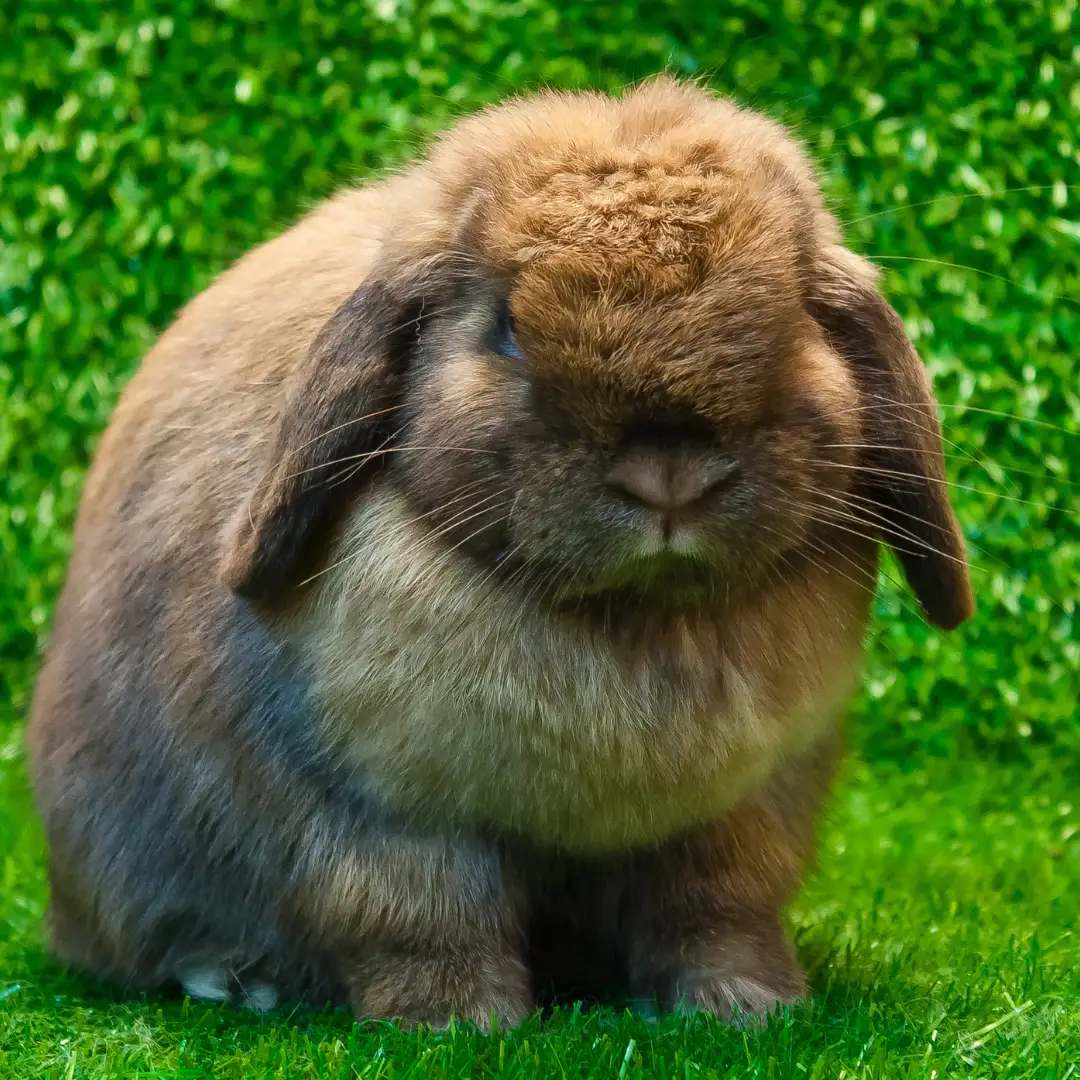Table of Contents
Introduction
Ever dreamt of having a bunny but worried your apartment is too small? Well, look no further than the Holland Lop! These little fluff balls are the perfect fit for small spaces and big hearts.
If you’re like me, you’ve probably spent countless hours browsing through pictures of adorable pet bunnies, secretly wishing you could bring one home 🐰. However, as someone who has lived in a cozy apartment for many years, finding a rabbit breed that fits right can be challenging. Enter the Holland Lop rabbits, the tiny bundles of joy that have stolen my heart—and trust me, they’ll steal yours too.
In this post, I’ll share my experiences and insights into why Holland Lop rabbits are one of the most popular rabbit breeds for small spaces. These endearing creatures are adorable and have a delightful personality that makes them so much fun. From picking up your first Holland Lop at the local pet store to learning about their unique care requirements, I’ll walk you through everything you need to know.
Whether you’re a seasoned rabbit owner or a newbie pet parent, this post will help you understand why Holland Lops are among the most popular rabbit breeds. I’ll cover their health issues, social nature, and proper care tips to ensure your little furry friend brings endless joy into your life. So, sit back, grab a cuppa, and dive into Holland Lop rabbits’ charming world! 🌟
Holland Lop 101: A Look at These Lovable Loppers
If you’re contemplating adding a Holland Lop rabbit to your family, you’re in for a treat! These lop-eared domestic rabbits are an absolute delight. Holland Lops makes the perfect companion whether you’re living in a small apartment or a cozy house.
As a proud pet parent of these mini lops, I can attest to their adorable faces, charming antics, and heartwarming companionship. Now, let’s dive into what makes these small wonders so special! 😊
Appearance
One look at a Holland Lop, and you’ll instantly fall in love ❤️ with their distinctive droopy ears that add to their cuteness factor. These ears aren’t just for show; they’re a hallmark of the Holland Lop rabbit breed. Unlike their perky-eared counterparts, Holland Lops have soft, lop ears that hang down to a normal position, framing their faces perfectly.
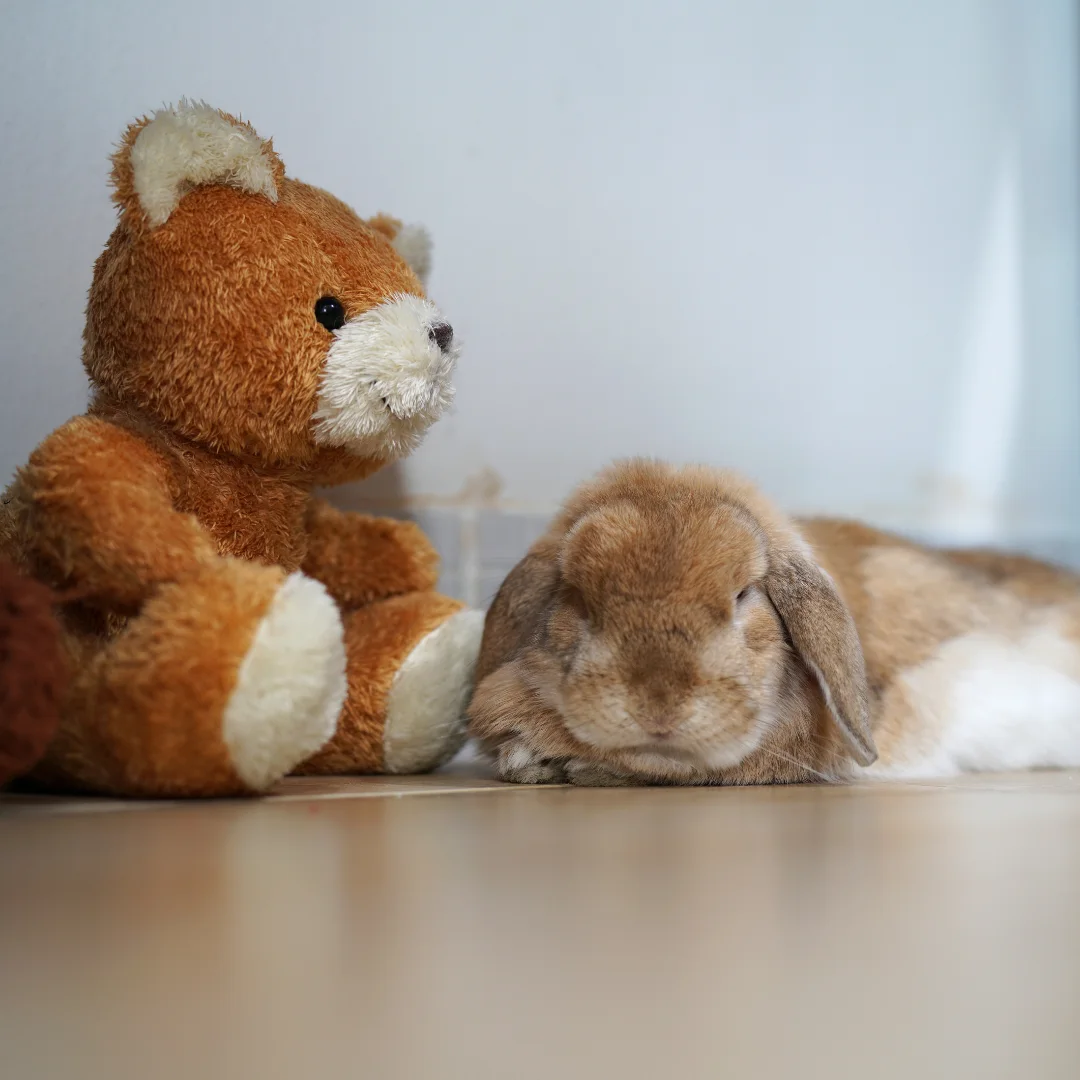
Their fur is another point of admiration. With a plush, velvety coat, these baby rabbits come in various colors and markings, ranging from solid shades to more complex patterns. They are a smaller breed, generally weighing 2 to 4 pounds, making them an ideal choice for those with limited living space. Their compact, rounded bodies often make them mistaken for plush toys—until they hop into action!
Temperament
When it comes to personality, Holland Lops are an enchanting mix of cuddly and energetic. These social animals thrive on interaction and enjoy hanging out with their favorite humans. Don’t be surprised if your Holland Lop follows you around the house looking for attention—these rabbits love companionship.
While they can be a bit shy at first, especially around new people, they quickly warm up once they feel secure. Their playful nature makes them great with children and young age pet owners. Whether zooming around the living room or snuggling up on the couch, Holland Lops knows how to bring joy into any household.
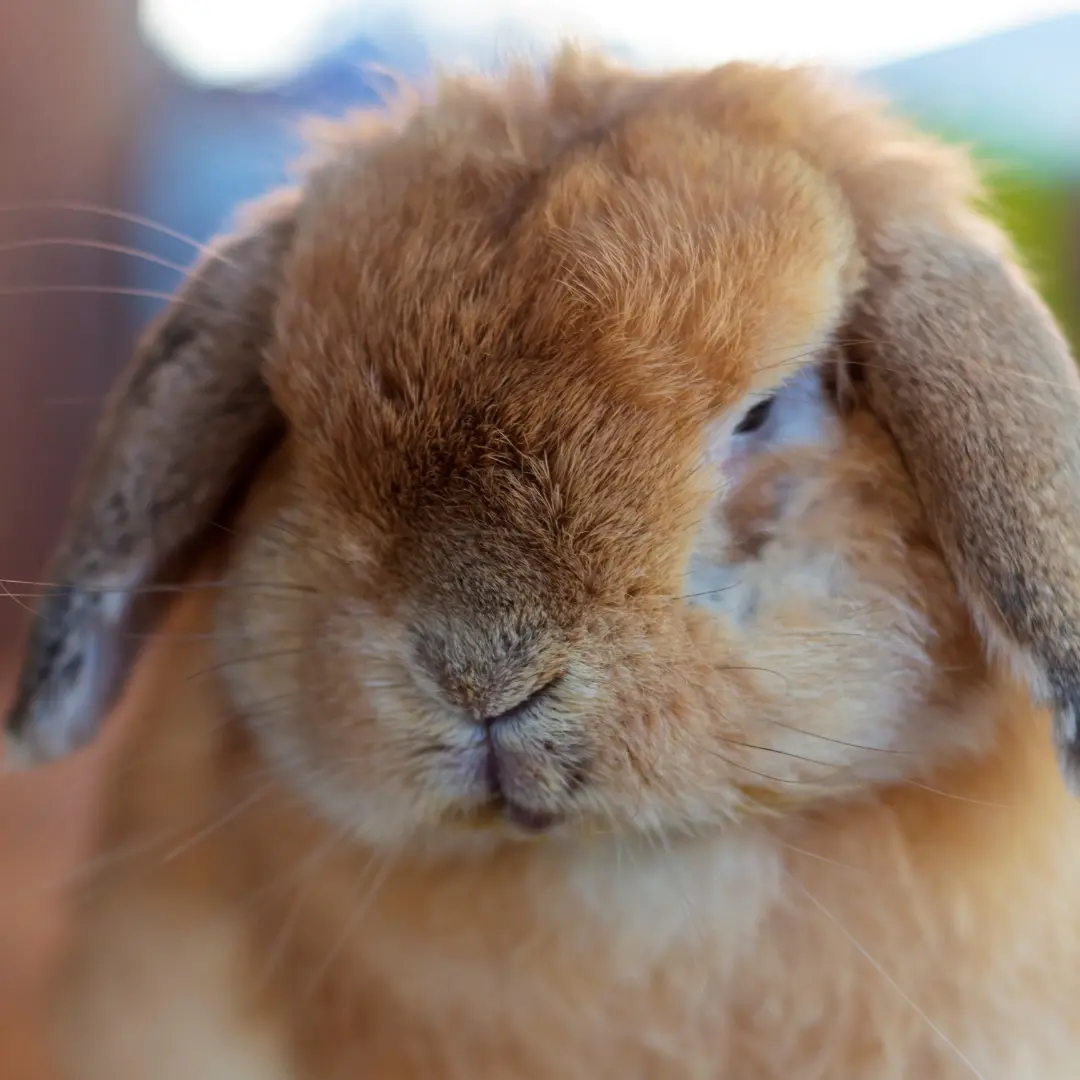
Fun Fact
Here’s a fun tidbit that might surprise you: The Holland Lop was officially recognized by the American Rabbit Breeders Association and the British Rabbit Council in the early 1980s, thanks to a dedicated Dutch breeder who aimed to create the perfect small pet rabbit. And guess what? They totally succeeded!
Another interesting Holland Lop fact is that these rabbits were bred from the Netherland Dwarf and the French Lop, resulting in their delightfully tiny size and signature lop ears.
Owning a Holland Lop isn’t just about admiring their adorable faces; it’s about experiencing the joy and warmth they bring into your life. With their friendly nature and manageable size, Holland Lops make the ideal pet for anyone looking to add a little hop to their step. 🌟🐰
Living with a Holland Lop
As a proud parent of a Holland Lop, I can’t help but gush about the joy these little fluff balls bring into my life. My Holland Lop has been my constant companion for the past three years. Waking up to her adorable face and enthusiastic morning zoomies is the best part of my day.
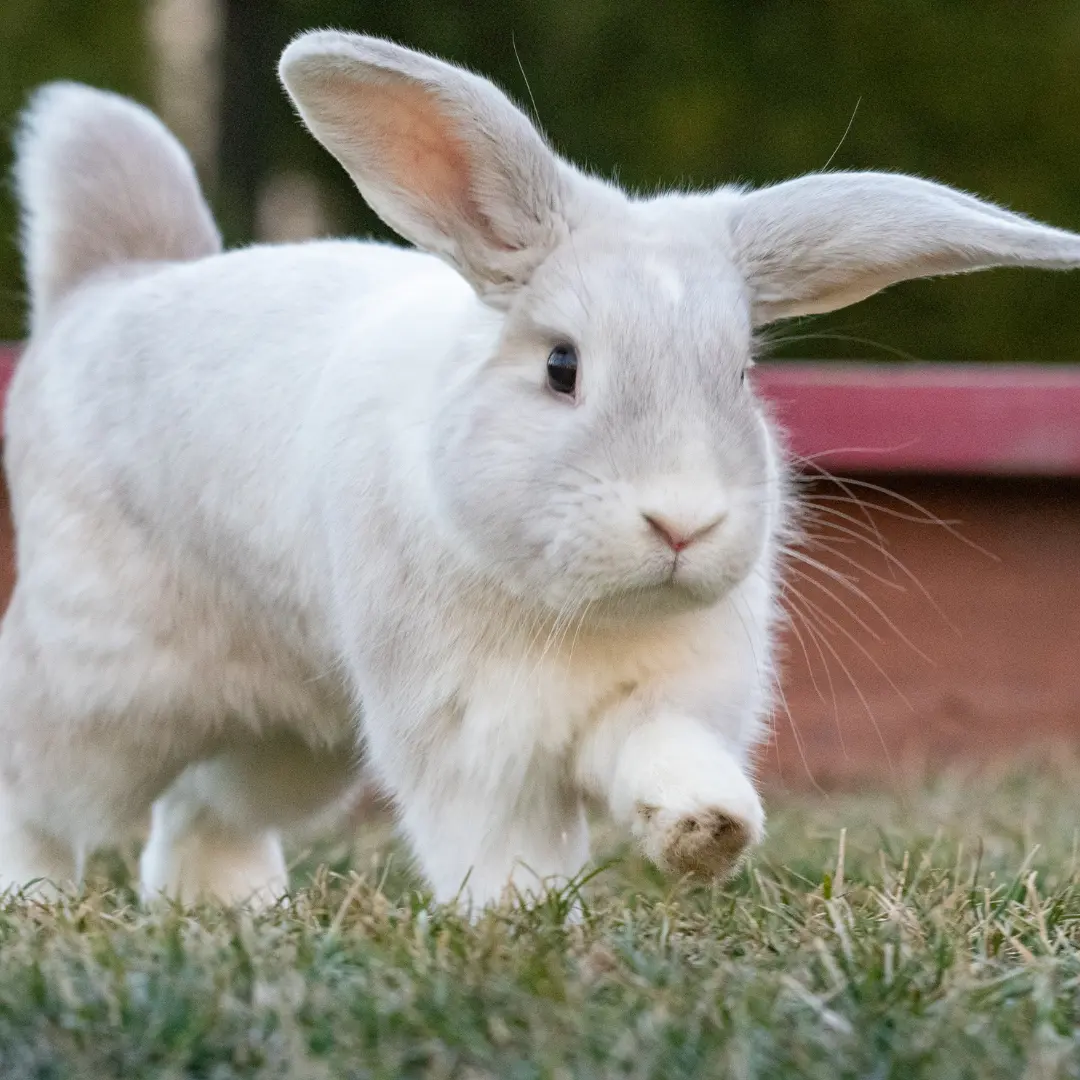
From watching her munch on her favorite foods to snuggling up with her for some quiet time, every moment spent with a Holland Lop is unforgettable. Owning one is like having a tiny, low-maintenance dog ready to shower you with love.
Lifespan
Holland Lops typically live between 7 and 14 years, making them a long-term commitment for rabbit owners. They can even live beyond this range with proper care, love, and attention. It’s always heartwarming to know that this beautiful pet will be a part of your life for many years, creating countless cherished memories. A balanced diet, regular vet check-ups, and a safe living environment contribute significantly to their longevity.
Known Health Issues
Like all pets, Holland Lops can have their share of health issues. One of the more common problems is their sensitive digestive system, so it’s essential to ensure they eat hay regularly to keep their digestive tract healthy.
Additionally, due to the shape of their ear canal, rabbits can sometimes suffer from hereditary health issues, such as ear infections. It’s also worth mentioning that they might encounter parasites like cheyletiella mites, which can lead to hair loss. As a rabbit owner, being vigilant about these potential issues and seeking prompt veterinary care is crucial.
Diet
Holland Lops are enthusiastic eaters and need a balanced diet to stay healthy. This means a steady supply of fresh hay, which should make up most of their diet to support their sensitive digestive system. In addition to hay, they enjoy fresh vegetables and healthy treats like carrots and apples. However, these should be offered in moderation. My Holland Log loves a small slice of apple as a special treat. It’s essential to avoid overfeeding fruits and sweets to prevent digestive problems and obesity.
Daily Care
Caring for a Holland Lop involves a daily routine that ensures their happiness and health. The cage setup should include a spacious area with plenty of hay, a comfy sleeping spot, and a litter box for their poop. Regular cleaning is essential to maintain a hygienic environment. Out-of-cage time is crucial, as Holland Lops needs to explore and exercise. Mine gets her daily playtime, where she zooms around the living room, binkies, and indulges in bunny antics.
Grooming is another essential aspect of daily care. Their fur needs regular brushing to prevent matting.
Living with a Holland Lop is an adventure filled with hops, cuddles, and endless love. 🐰🌟 They are lovely pets that bring unique happiness into a home, making every day brighter and more memorable.
Holland Lops & Your Family
Introducing a Holland Lop bunny into your family can be a gratifying experience. I remember the day we brought home our adorable mini lop, which was love at first sight! Her rounded tips and floppy ears made her an instant hit with everyone in the house. Settling her in was a joyful journey, and she quickly became a beloved family member.
Good for Kids?
If you have kids, you might wonder if a Holland Lop is a good fit for your family. In my experience, they are fantastic with children, especially older children who can handle them gently. My daughter is 8 years old, and they have wonderful times together!
Holland Lop bunnies are known for their calm and friendly nature, making them great companions for kids. However, teaching children how to interact with these delicate creatures is crucial. Pet rabbits require gentle handling to avoid stress or injury.
Precautions should always be taken to supervise younger children around the bunny. Remind them never to pull on the bunny’s ears or fur. Also, explain the importance of letting the bunny come to them rather than chasing it around. This ensures a safe and happy environment for the kids and the bunny. Trust me, watching my daughter cuddle up with our beloved Holland Lop has been nothing short of heartwarming! 🐰💕
Sharing Your Space with Other Pets
When sharing your space with other pets, Holland Lop bunnies can be quite adaptable. However, introducing them to your existing pets requires caution and patience. Start by slowly familiarizing the bunny with the scent of the other pets. You can do this by swapping bedding or allowing them to sniff each other through a barrier.
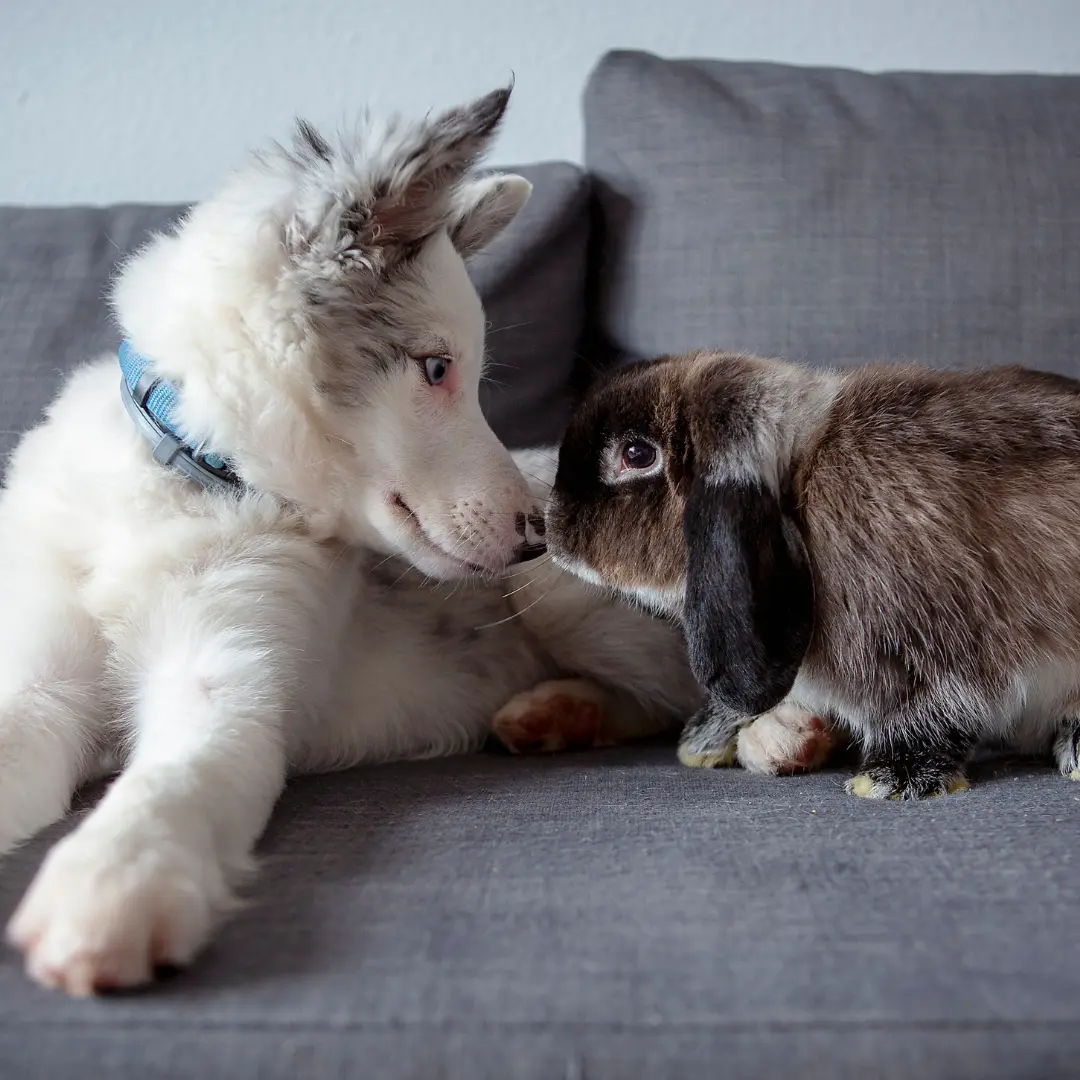
If you have other rabbit breeds or even a dog or cat, it’s crucial to monitor their interactions closely. Most rabbits, including the lop breed, are relatively low maintenance but need time to adjust to new companions. Separate their initial meetings into short sessions and always supervise to prevent aggressive behavior. Over time, with careful introduction, your miniature lop can coexist peacefully with other pets in the house.
Female rabbits tend to be more territorial, so extra care might be needed when introducing a female Holland Lop to your furry family. You can create a harmonious multi-pet household by ensuring a gradual and positive introduction process. Seeing our bunny get along with our other pets has made the experience even more delightful! 🏡🐾
Before You Bring Home Your Lop
Before you bring home your Holland Lop, there are a few things you’ll want to consider to ensure it’s the right fit for you and your family. One thing to be aware of is their natural penchant for chewing everything in sight! These adorable fluff balls tend to nibble on furniture, electrical cords, and practically anything they can get their little teeth on. Investing in chew toys and bunny-proofing your home is essential to avoid any unwanted damage. For me, lining up a few sturdy toys and covering wires with protective casings has made a huge difference! 🐰🛋️
Another important aspect is their dental health. Like many other rabbit breeds, Holland Lops have teeth that continuously grow. This means they need constant access to hay and chew toys to help wear down their teeth and prevent them from becoming overgrown. Overgrown teeth can lead to severe health problems, so monitoring their dental condition regularly and seeking veterinary care if needed is crucial. Trust me, watching their munchies is easier than dealing with a dental issue later! 🦷🌾
Litter box training is another factor to consider. Thankfully, Holland Lops can be trained to use a litter box with a bit of patience and consistency. Start with a small, contained space where your bunny feels safe, and gradually introduce the litter box filled with hay. Rewarding them with a treat whenever they use it helps reinforce positive behavior. In my experience, it’s so rewarding to see them hopping into their litter box like little pros! 🐰🏠
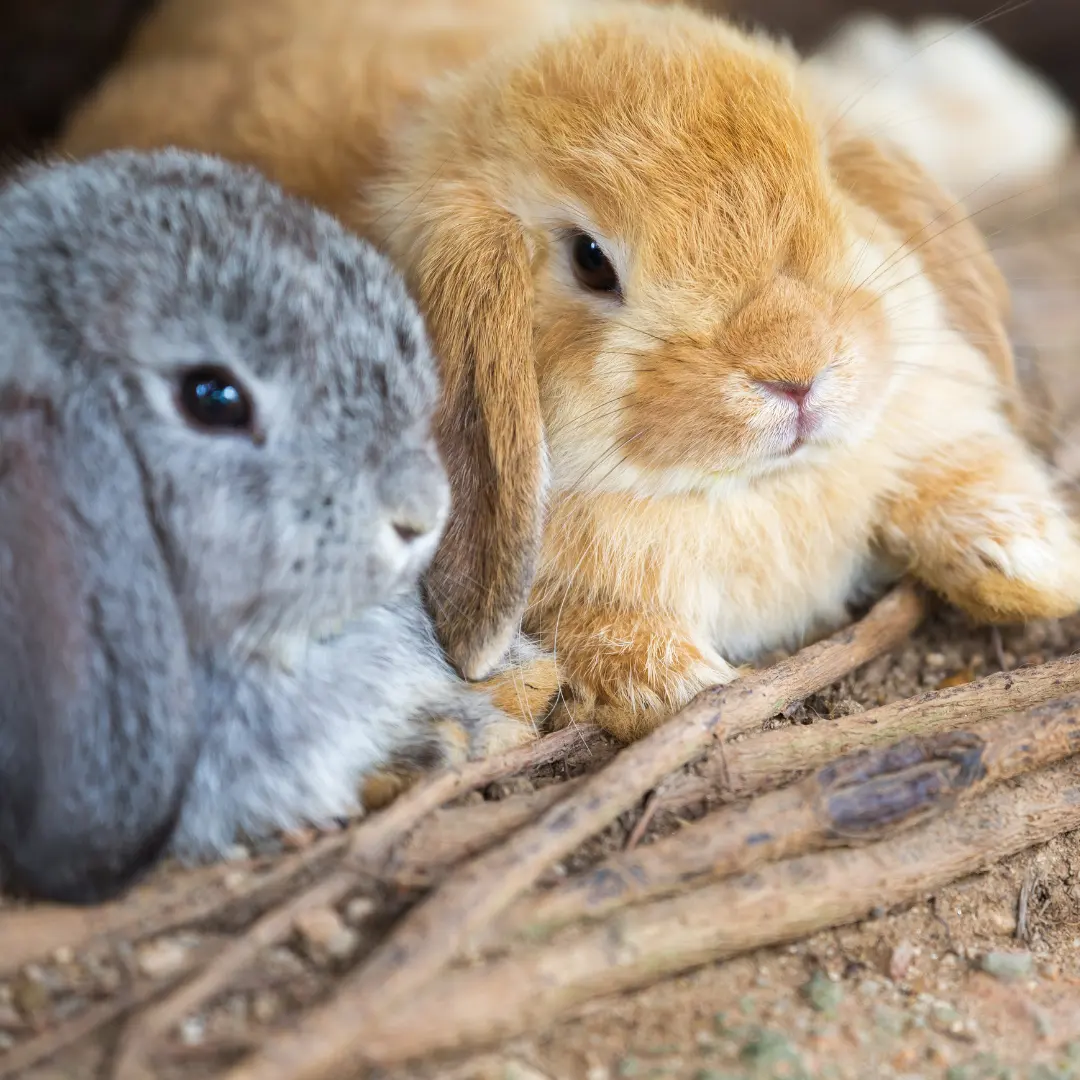
Lastly, consider the time and attention they require. Holland Lops are beautiful pets that thrive on interaction and companionship. They need daily exercise, mental stimulation, and love. If you’re prepared to dedicate daily time to engaging and cuddling with your bunny, the experience will be incredibly rewarding.
Conclusion
Holland Lops are absolutely wonderful companions. Their petite size and gentle temperament make them the perfect cuddle buddies for apartments or cozy homes. With their playful personalities and lovable nature, these little dwarf rabbits quickly become cherished members of any family. Plus, their grooming needs are minimal compared to other pets, making them a low-maintenance yet deeply affectionate option for pet parents. 🌟🐇
From bunny-proofing to ensuring their dental health, keeping a Holland Lop healthy is manageable with a bit of commitment and care. Don’t forget the joy of litter box training and the rewarding feeling of seeing your bunny hop into their box like a pro!
Just remember, any pet, including lop breeds like the Holland Lop, requires consistent attention and love. If you’re ready to provide daily interaction, you’ll find having a Holland Lop breed to be an incredibly fulfilling experience. Trust me, these little fluff balls bring immense joy and warmth into your life. 🐰❤️

